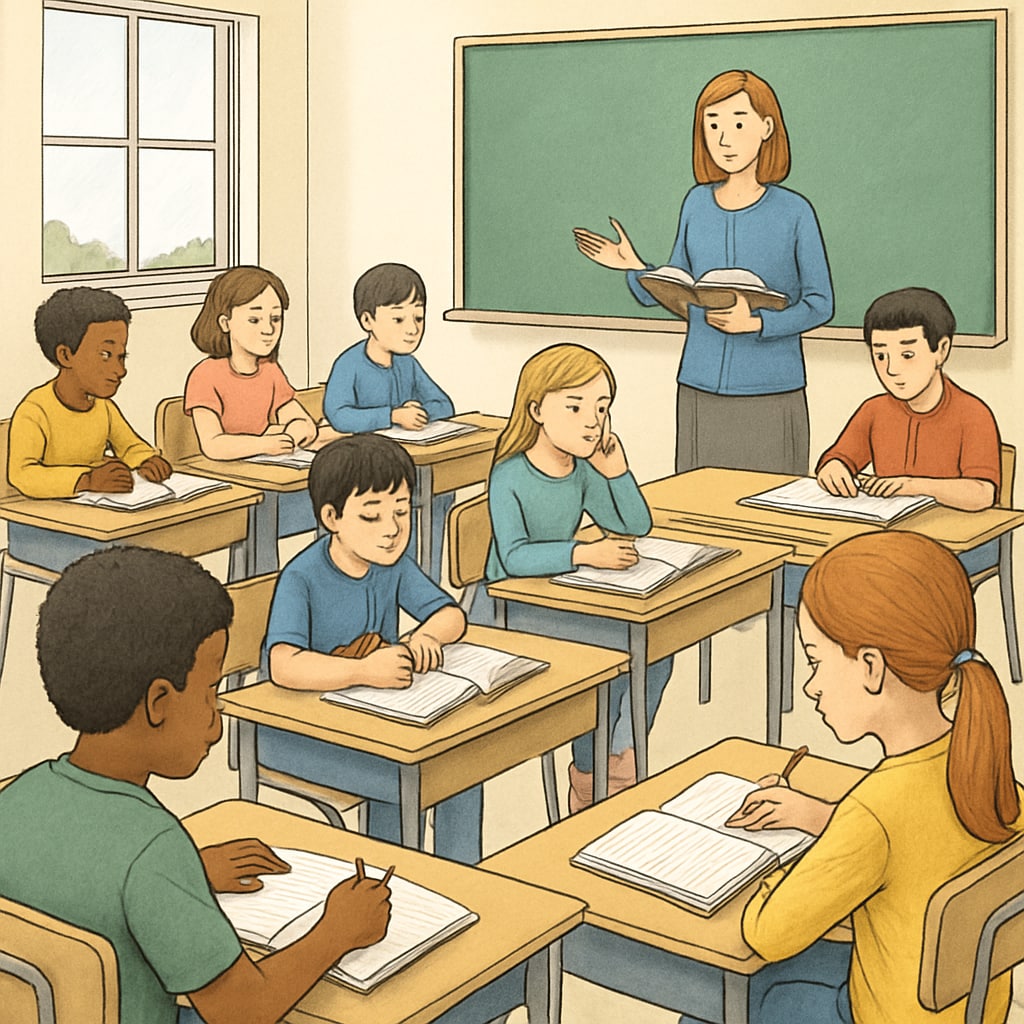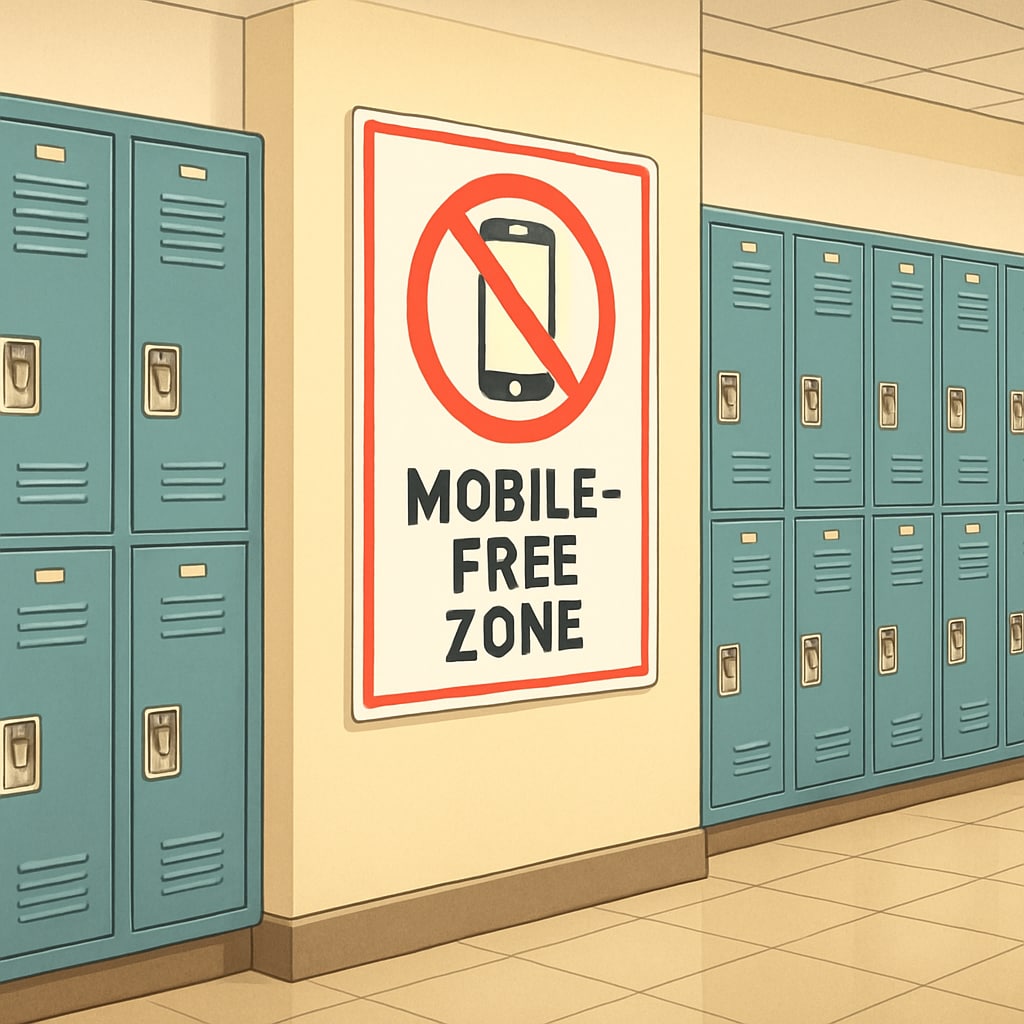Mobile phone bans in public schools have become a widely discussed issue in recent years, especially as more U.S. states adopt policies restricting the use of digital devices on campus. While the intent behind these bans is often to improve focus and reduce distractions, they have sparked intense debates among students, educators, and parents. The differences in how public and private schools manage mobile phone policies highlight the complexity of balancing educational priorities with student autonomy.
Public vs. Private School Mobile Phone Policies
Public schools, governed by state education departments and local school boards, are increasingly implementing blanket bans on mobile phone usage during school hours. These policies often aim to create a distraction-free learning environment and address concerns such as cyberbullying or unauthorized content sharing. By contrast, private schools have more flexibility in setting their own rules. Many private institutions opt for more nuanced approaches, such as designated phone-free zones or regulated use during breaks.
This divergence stems from fundamental differences in governance and funding. Public schools face stricter oversight and are expected to implement policies that align with broader educational mandates. Private schools, funded independently, have the liberty to tailor policies to the needs and expectations of their specific student population.

Impact on Learning and Social Dynamics
The impact of mobile phone bans varies depending on the context. Proponents argue that removing phones from classrooms fosters better concentration, reduces peer pressure from social media, and minimizes cyberbullying incidents. For example, a 2015 study published by the London School of Economics found that banning phones improved academic performance, particularly among low-achieving students (source). However, critics claim these policies may inadvertently suppress beneficial uses of technology, such as accessing educational apps or staying connected during emergencies.
Beyond academic outcomes, mobile phone bans influence social interactions. With phones out of the equation, students often engage more in face-to-face conversations, strengthening interpersonal skills. On the flip side, some argue that such bans could alienate students who rely on their phones for personal support networks or mental health resources.

Balancing Student Autonomy with Educational Goals
One of the most contentious aspects of mobile phone bans is the perceived infringement on student autonomy. Critics argue that rigid restrictions fail to acknowledge the role of digital literacy in modern education. Students need to learn responsible device usage to prepare for the tech-driven workforce. As a result, many suggest adopting middle-ground policies, such as allowing supervised phone use for specific educational tasks.
To strike a balance, schools could consider alternatives like:
- Creating “phone-friendly” periods for academic purposes, such as research or collaborative projects.
- Teaching digital citizenship classes to promote responsible use of technology.
- Utilizing phone lockers that allow students to store devices securely during lessons while retaining access during breaks.
Such initiatives could help reconcile the need for focused learning environments with the importance of fostering tech-savvy students.
The Road Ahead: Policy Evolution
As mobile phone bans continue to gain traction, stakeholders must remain open to evolving these policies based on empirical evidence and feedback. Collaboration between educators, parents, and students can help create guidelines that respect diverse needs while prioritizing educational objectives. Public schools, in particular, could benefit from borrowing best practices from private institutions, such as flexible implementation and regular policy reviews.
Ultimately, the question is not whether phones belong in schools but how they can be integrated to support learning without disrupting it. By addressing this challenge thoughtfully, schools can strike a balance between protecting the integrity of education and empowering students in the digital age.
Readability guidance: This article uses short paragraphs, lists to summarize key points, and a balance of active and passive voice for clarity. Transition words like “however” and “in addition” enhance flow, while external links add credibility.


